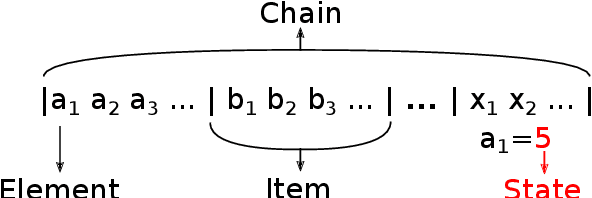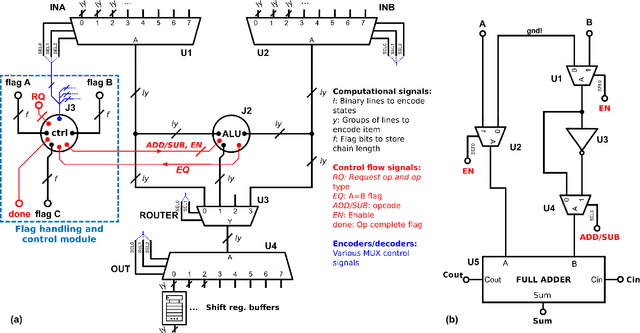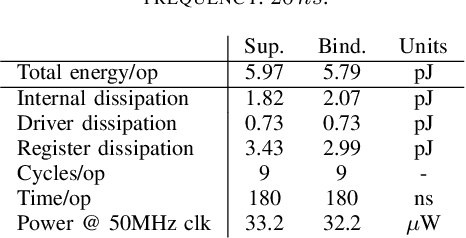T. Prodromakis
A semi-holographic hyperdimensional representation system for hardware-friendly cognitive computing
Jul 15, 2019



Abstract:One of the main, long-term objectives of artificial intelligence is the creation of thinking machines. To that end, substantial effort has been placed into designing cognitive systems; i.e. systems that can manipulate semantic-level information. A substantial part of that effort is oriented towards designing the mathematical machinery underlying cognition in a way that is very efficiently implementable in hardware. In this work we propose a 'semi-holographic' representation system that can be implemented in hardware using only multiplexing and addition operations, thus avoiding the need for expensive multiplication. The resulting architecture can be readily constructed by recycling standard microprocessor elements and is capable of performing two key mathematical operations frequently used in cognition, superposition and binding, within a budget of below 6 pJ for 64- bit operands. Our proposed 'cognitive processing unit' (CoPU) is intended as just one (albeit crucial) part of much larger cognitive systems where artificial neural networks of all kinds and associative memories work in concord to give rise to intelligence.
Computing Motion with 3D Memristive Grid
Mar 13, 2013



Abstract:Computing the relative motion of objects is an important navigation task that we routinely perform by relying on inherently unreliable biological cells in the retina. The non-linear and adaptive response of memristive devices make them excellent building blocks for realizing complex synaptic-like architectures that are common in the human retina. Here, we introduce a novel memristive thresholding scheme that facilitates the detection of moving edges. In addition, a double-layered 3-D memristive network is employed for modeling the motion computations that take place in both the Outer Plexiform Layer (OPL) and Inner Plexiform Layer (IPL) that enables the detection of on-center and off-center transient responses. Applying the transient detection results, it is shown that it is possible to generate an estimation of the speed and direction a moving object.
 Add to Chrome
Add to Chrome Add to Firefox
Add to Firefox Add to Edge
Add to Edge